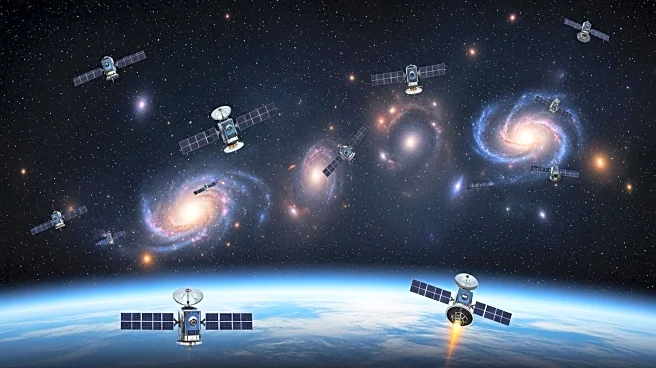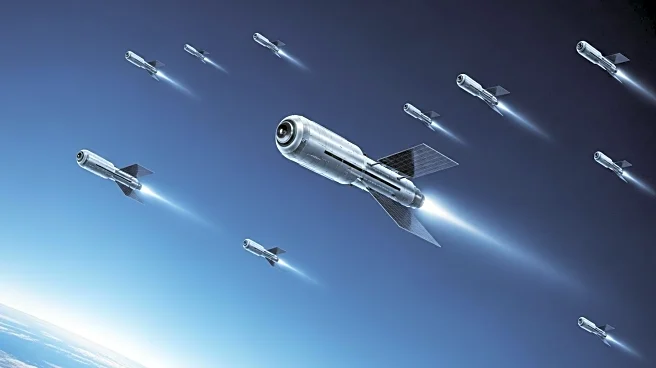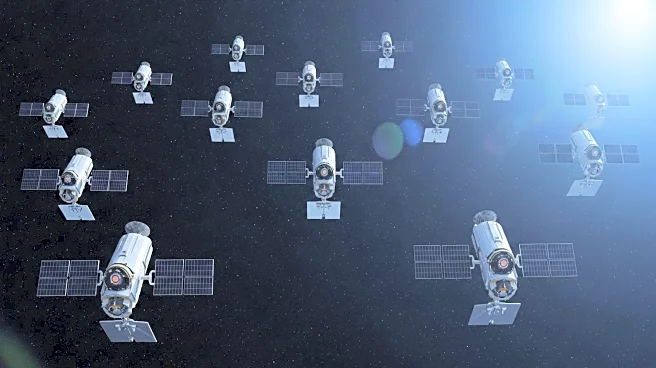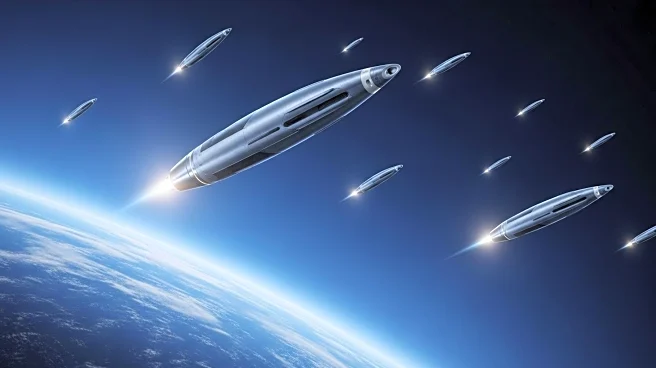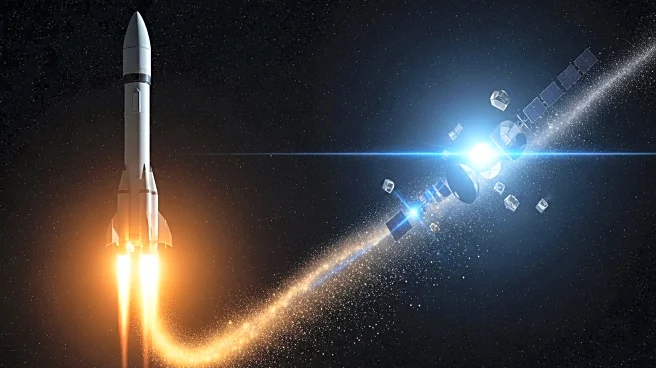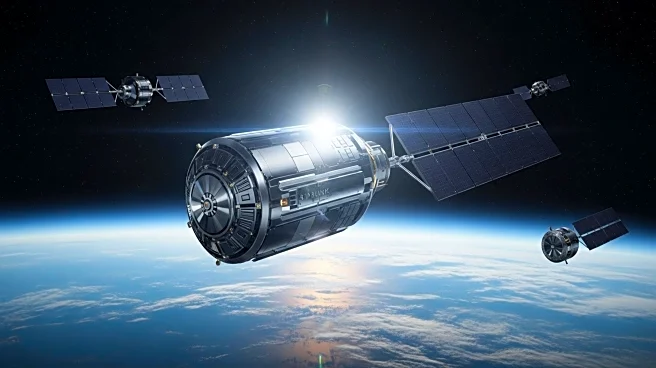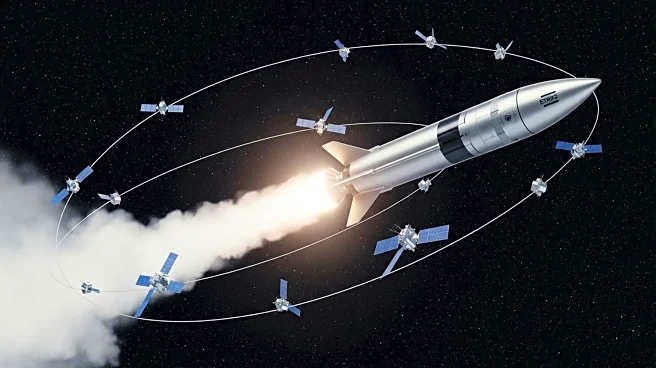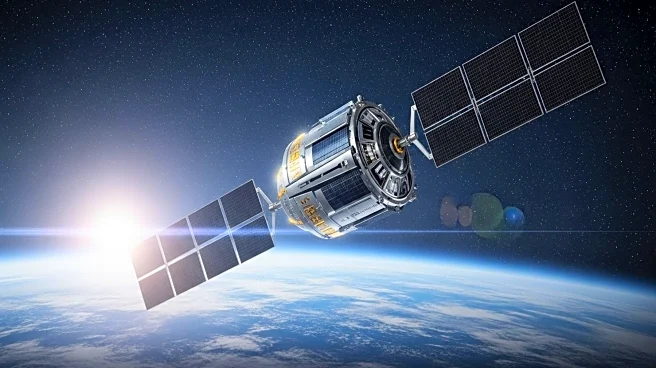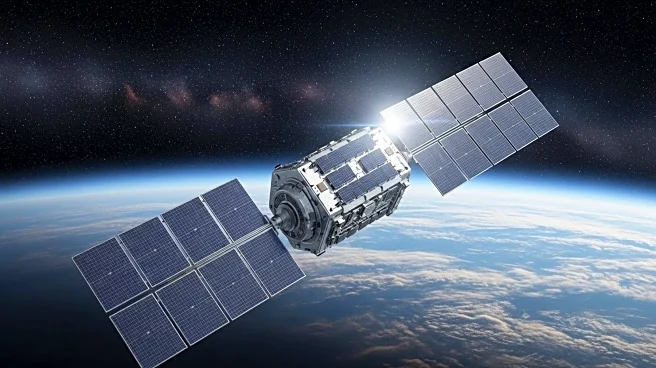What's Happening?
SpaceX is implementing a strategy to deorbit its Starlink satellites by allowing them to burn up in Earth's atmosphere. This approach aims to reduce space debris and set a new industry standard for orbital management. However, the release of aluminum oxide during reentry is raising environmental concerns. The strategy is seen as a model for sustainable satellite deployment, but it also prompts debates about atmospheric and climatic impacts. SpaceX's actions are pivotal in addressing space debris accumulation, though they raise questions about particulate emissions.
Why It's Important?
The growing number of satellites in orbit poses challenges for space traffic management and environmental sustainability. SpaceX's strategy could influence future satellite designs and industry practices, promoting a cleaner space environment. However, the environmental impact of reentry emissions could affect atmospheric conditions and climate. The situation highlights the need for responsible use of outer space resources and environmentally-conscious technological advancements. It underscores the importance of balancing innovation with environmental stewardship.
What's Next?
The scientific community may conduct further research on the environmental effects of satellite reentry emissions. SpaceX and other companies might explore alternative materials and methods to minimize atmospheric impact. International regulations on satellite lifecycles and debris management could be developed to address these concerns. The industry may see increased collaboration on sustainable practices and technological innovations.
Beyond the Headlines
The situation raises ethical questions about the environmental impact of space exploration. It highlights the need for global cooperation in managing extraterrestrial jurisdictions and resources. The strategy could influence broader discussions on geoengineering and climate change mitigation.

